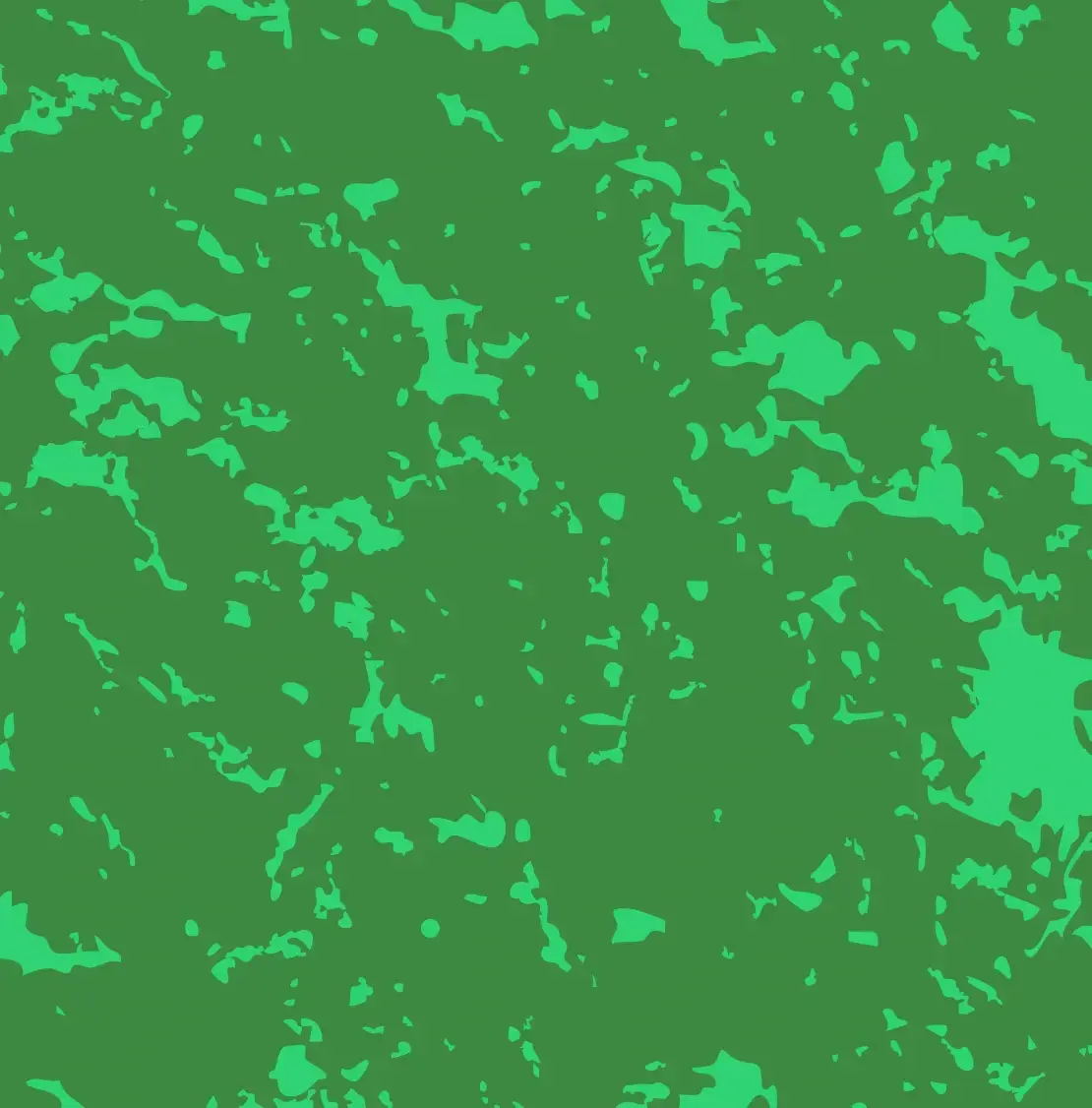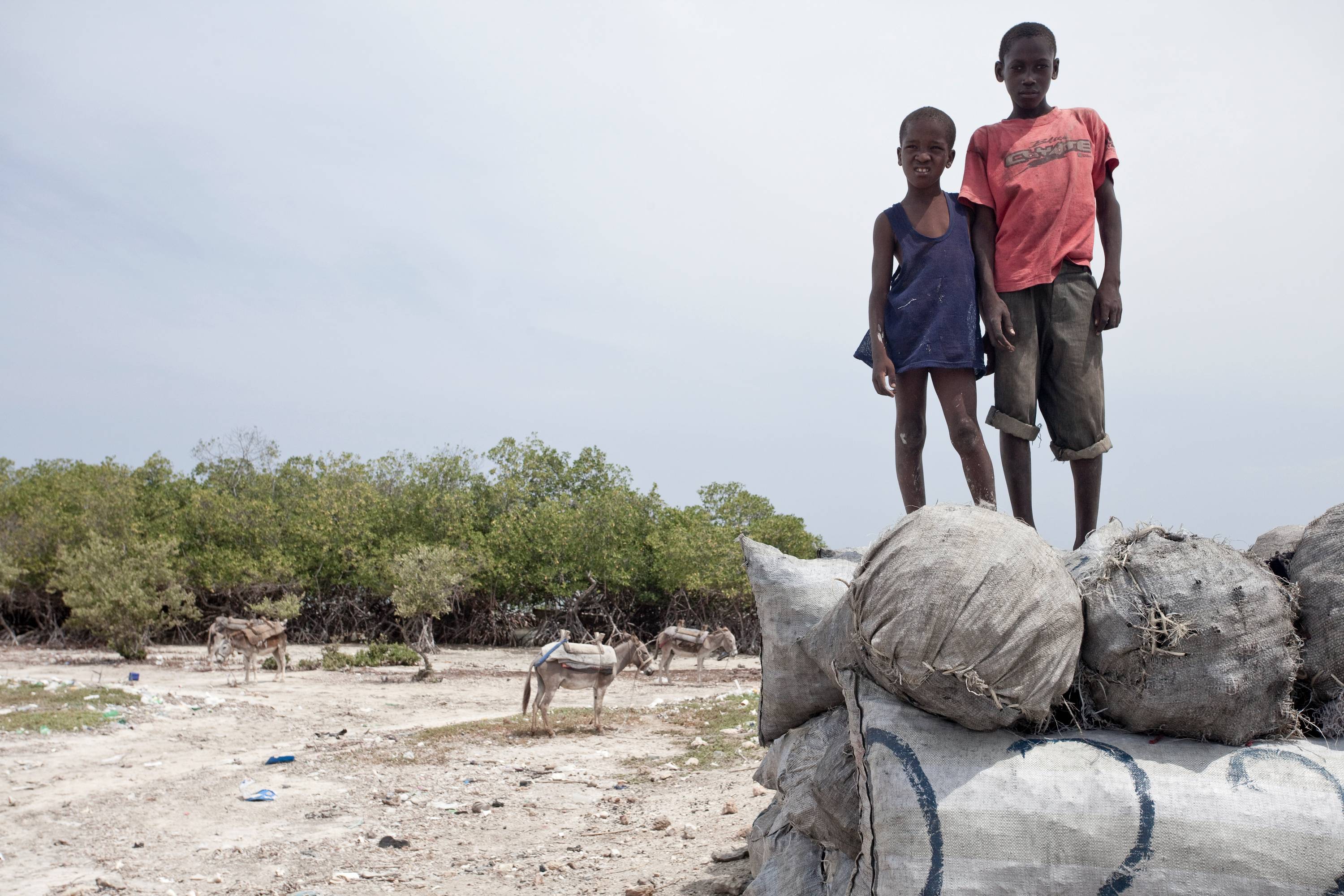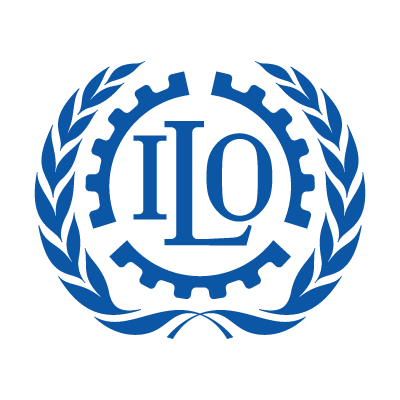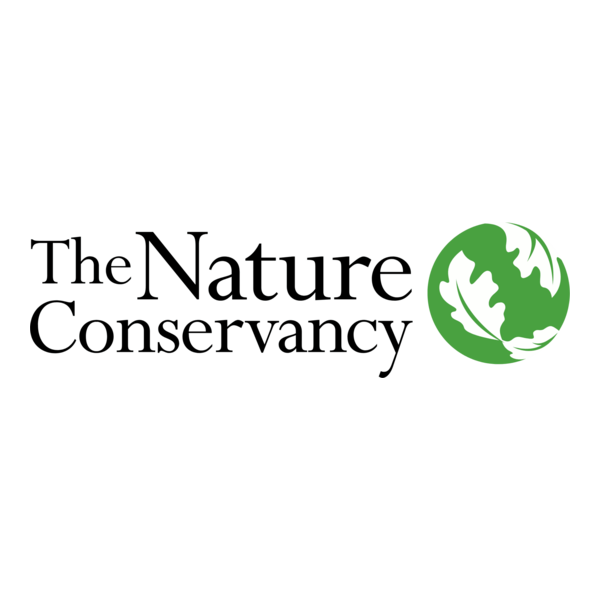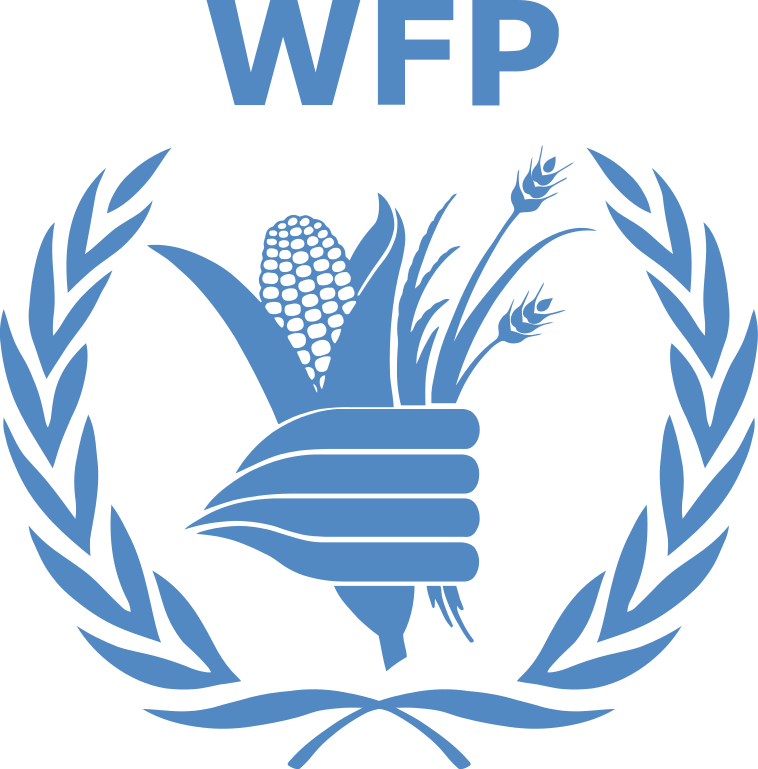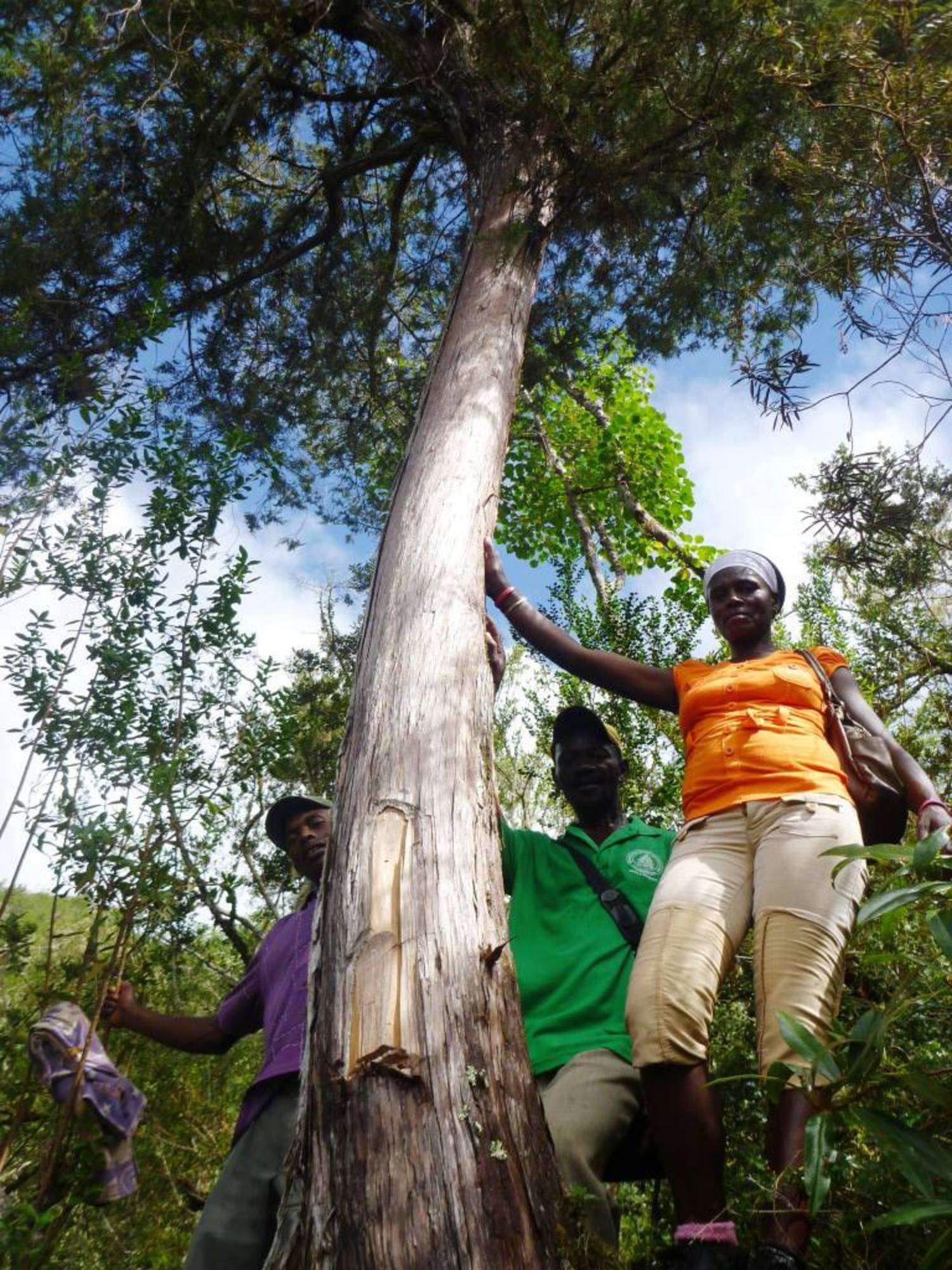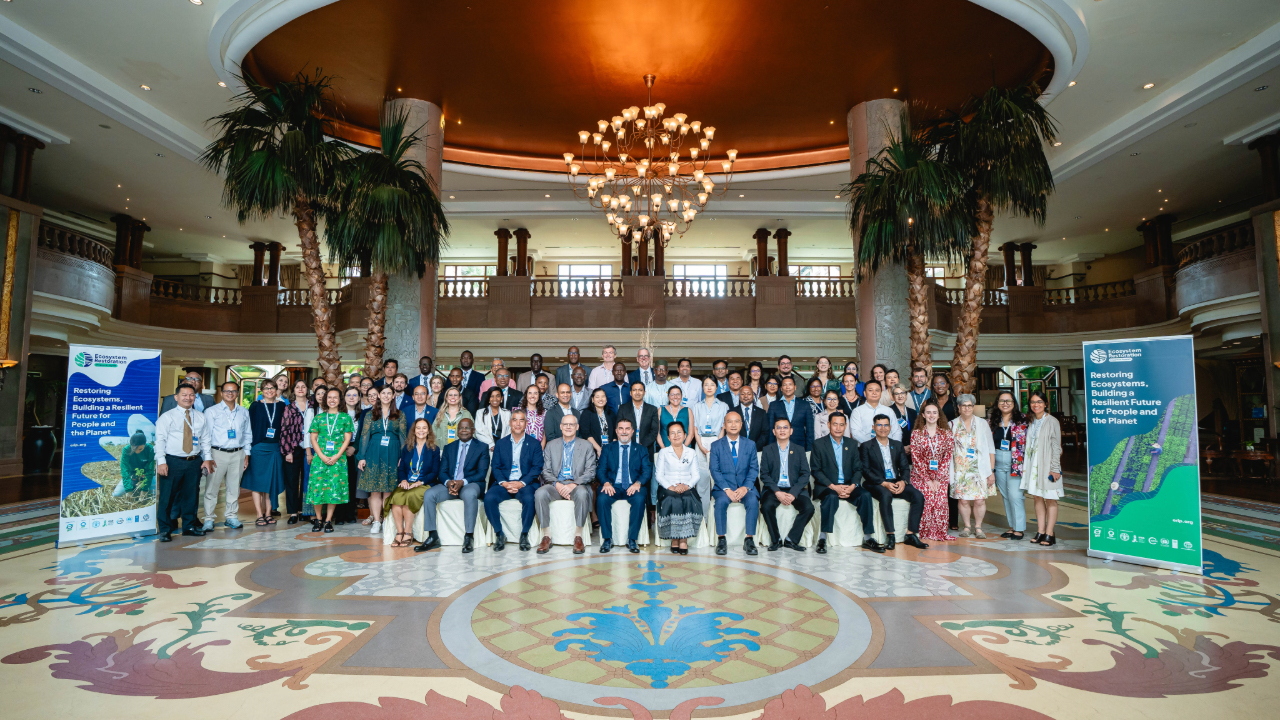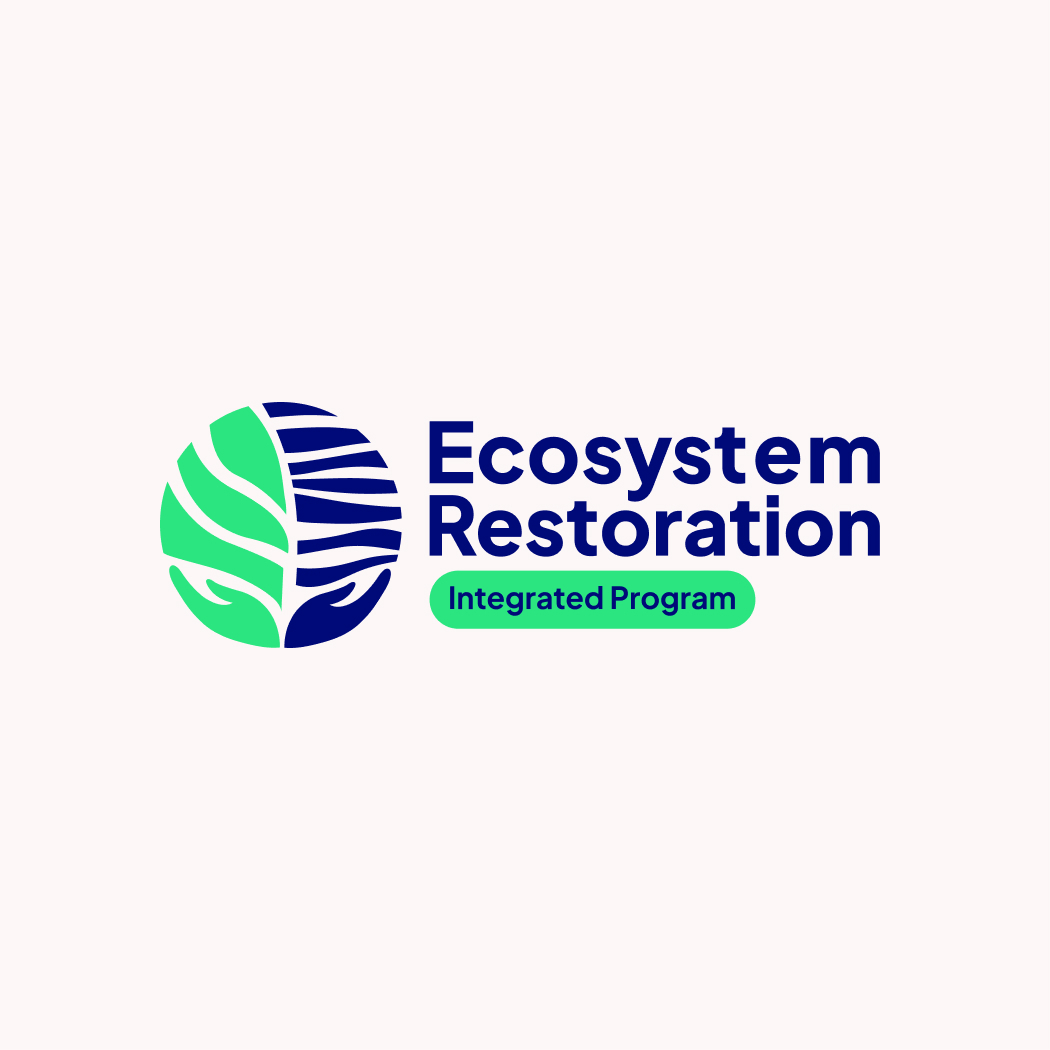Haiti's Restoration Ambition
Haiti’s restoration ambition focuses on enabling large-scale ecosystem recovery through the piloting and implementation of Payments for Environmental Services (PES) schemes. The project aims to strengthen the enabling environment by improving policy coherence and governance through inclusive dialogue with Indigenous Peoples, local communities, the private sector, academia, and public institutions. It also seeks to enhance analytical capabilities to support the assessment, planning, and monitoring of ecosystem conditions and restoration outcomes. Restoration activities will apply innovative, cost-effective, and inclusive approaches to rehabilitate degraded ecosystems across the country.
To scale these efforts, the project will build the capacity of restoration practitioners to mobilize financial resources and establish mechanisms that catalyze long-term investment in restoration. Knowledge sharing and environmental awareness will be promoted across stakeholder groups, including the private sector, at both national and subnational levels. Environmental and social safeguards will be integrated across all project components to ensure responsible and inclusive implementation.
Photo credit: © Robin Moore
